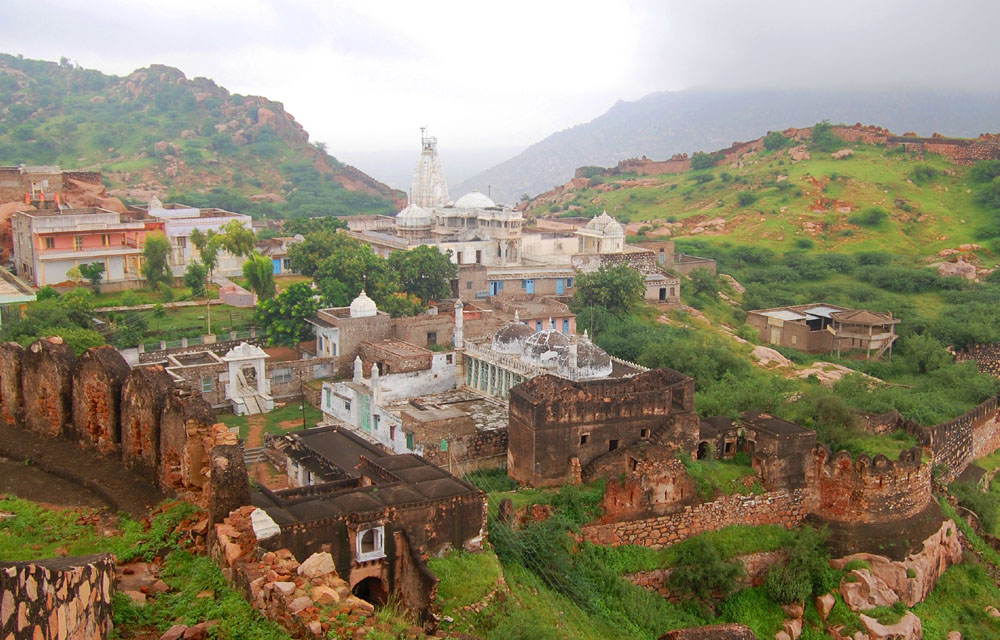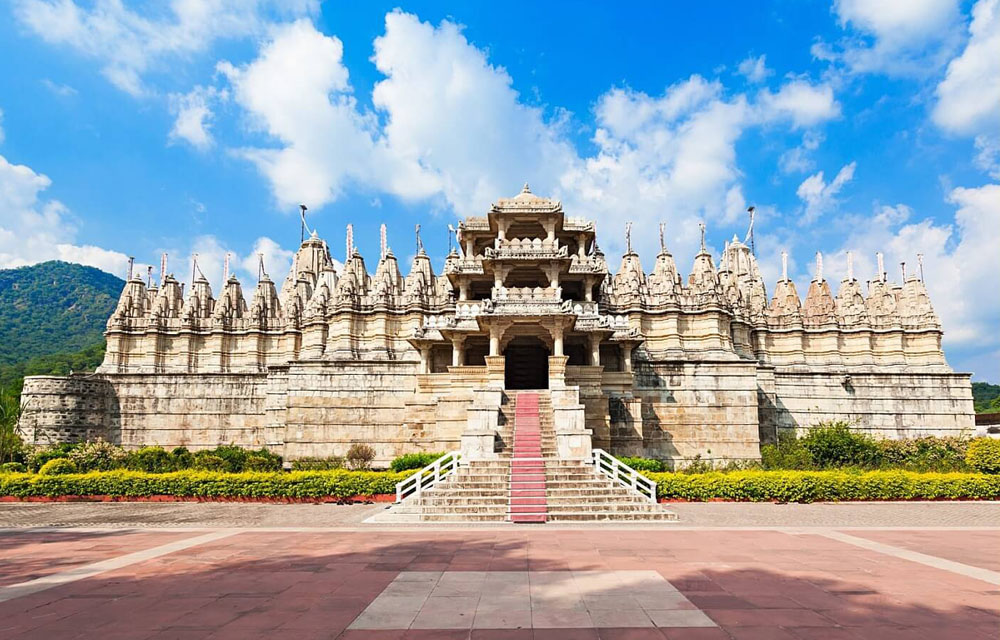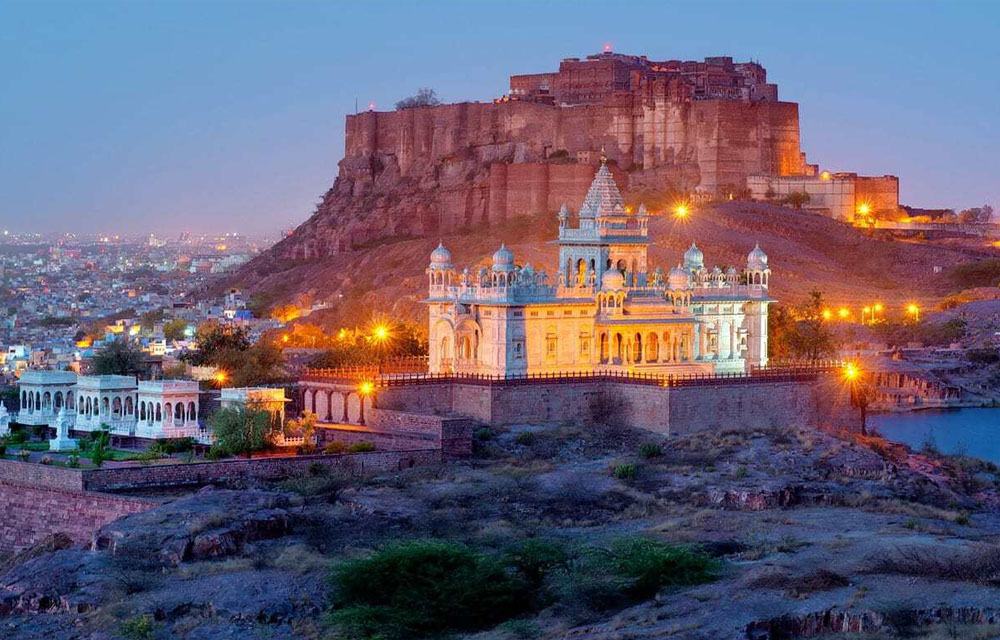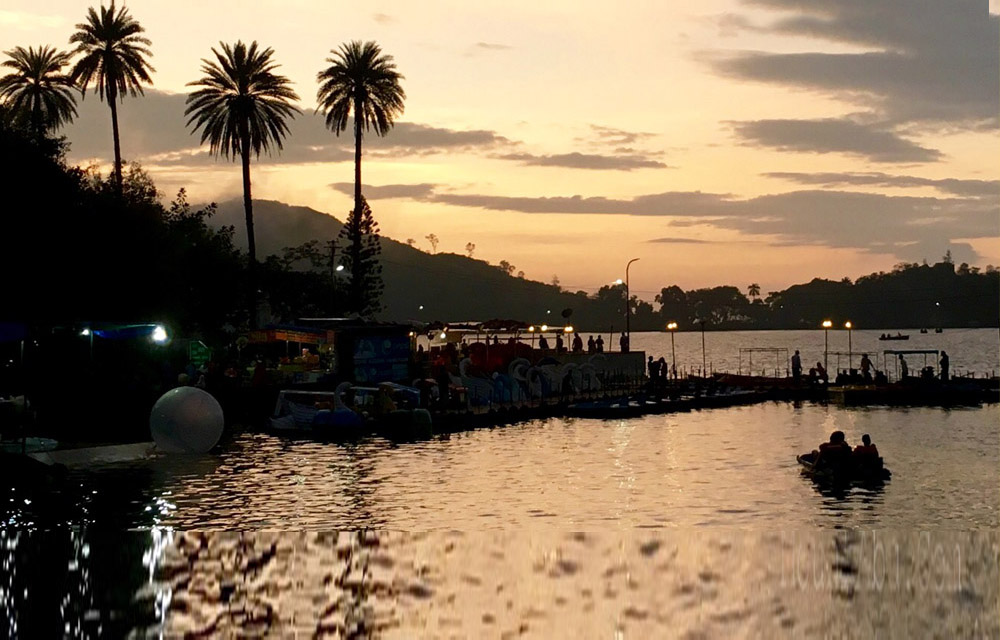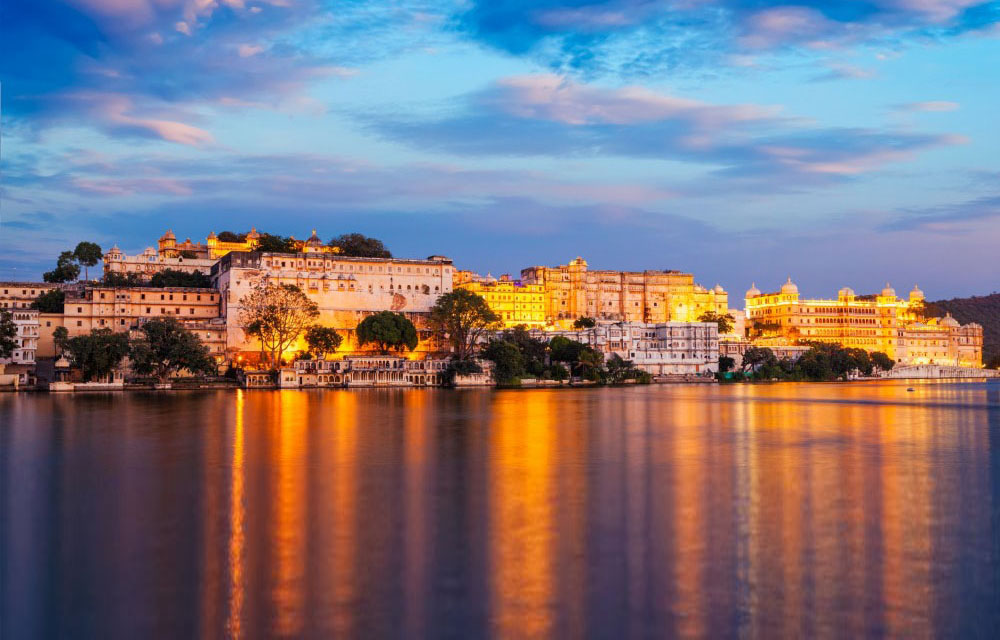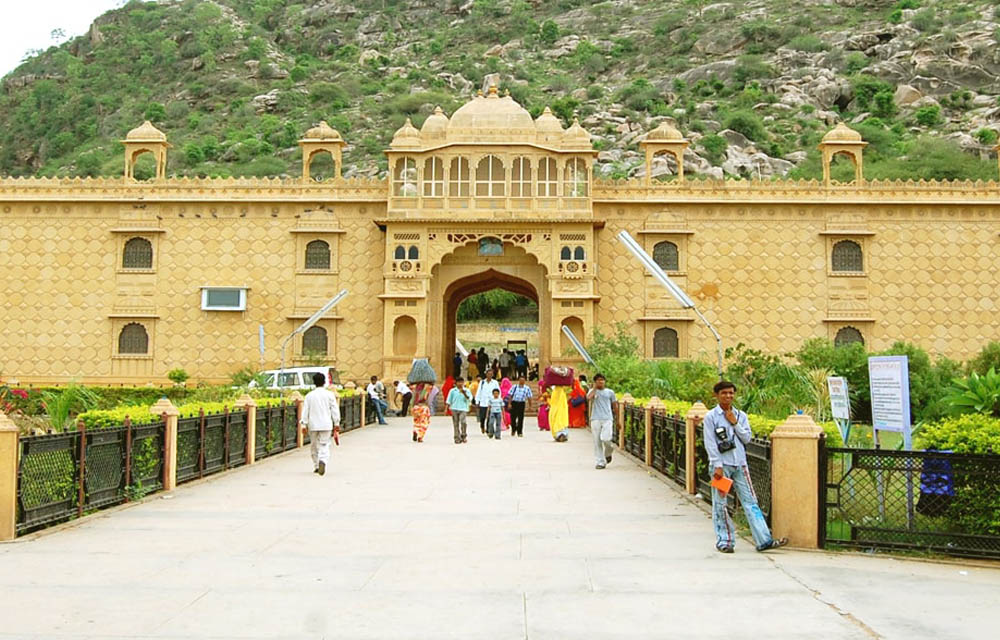Jalore Fort
Jalore Fort is the main attraction of Jalore, a town in the Indian state of Rajasthan, one of the nine castles of the Maru, under the Paramaras in the 10th century. It is one of the most famous and impressive forts in the state and has been known through history as the Sonagir or the ‘golden mount’.
The mahal or "the residential palace" inside the fort is now desolated, and what is left of it are the ruined symmetrical walls with huge rock formations around it.
The cut-stone walls of the fort are still intact at many places. There are some drinking water tanks in the fort.
The Fort Mosques The Kila Masjid (Fort Mosque) within the fort is also noteworthy as they demonstrates the widespread influence of the architectural decorations associated with the Gujarati styles of the period (i.e. late 16th century).

